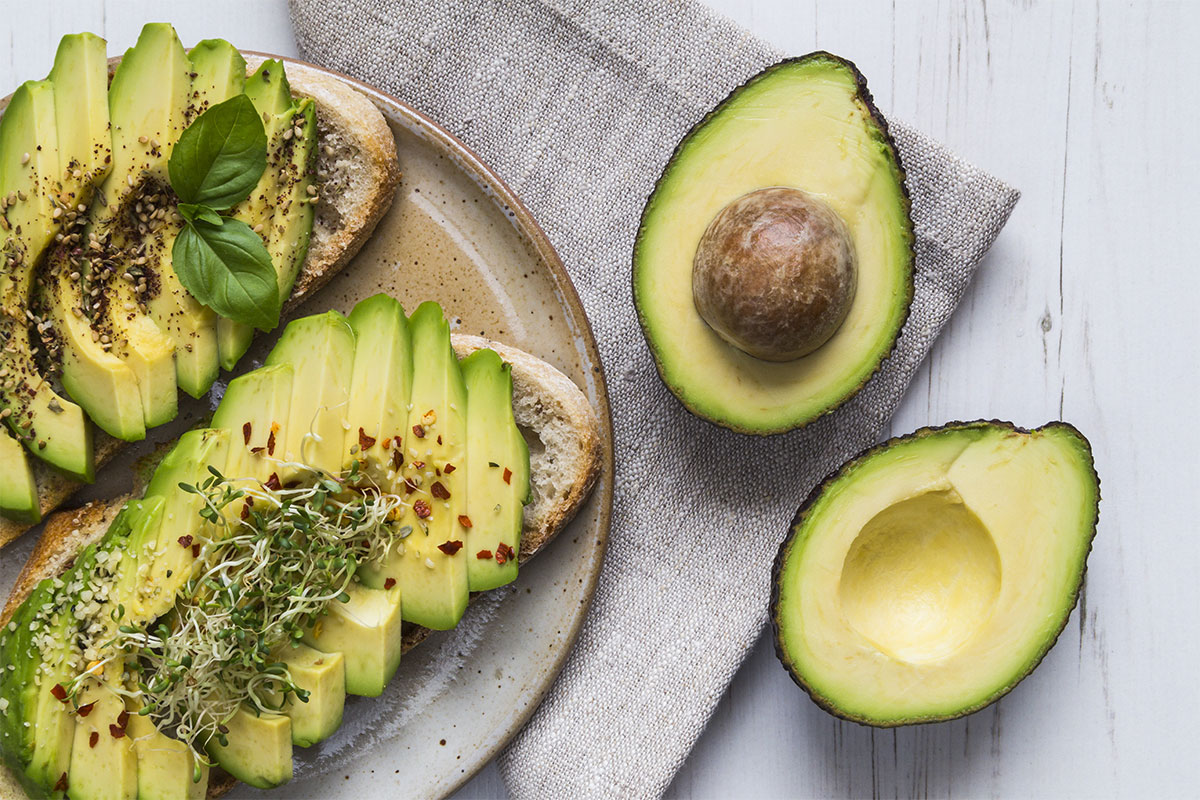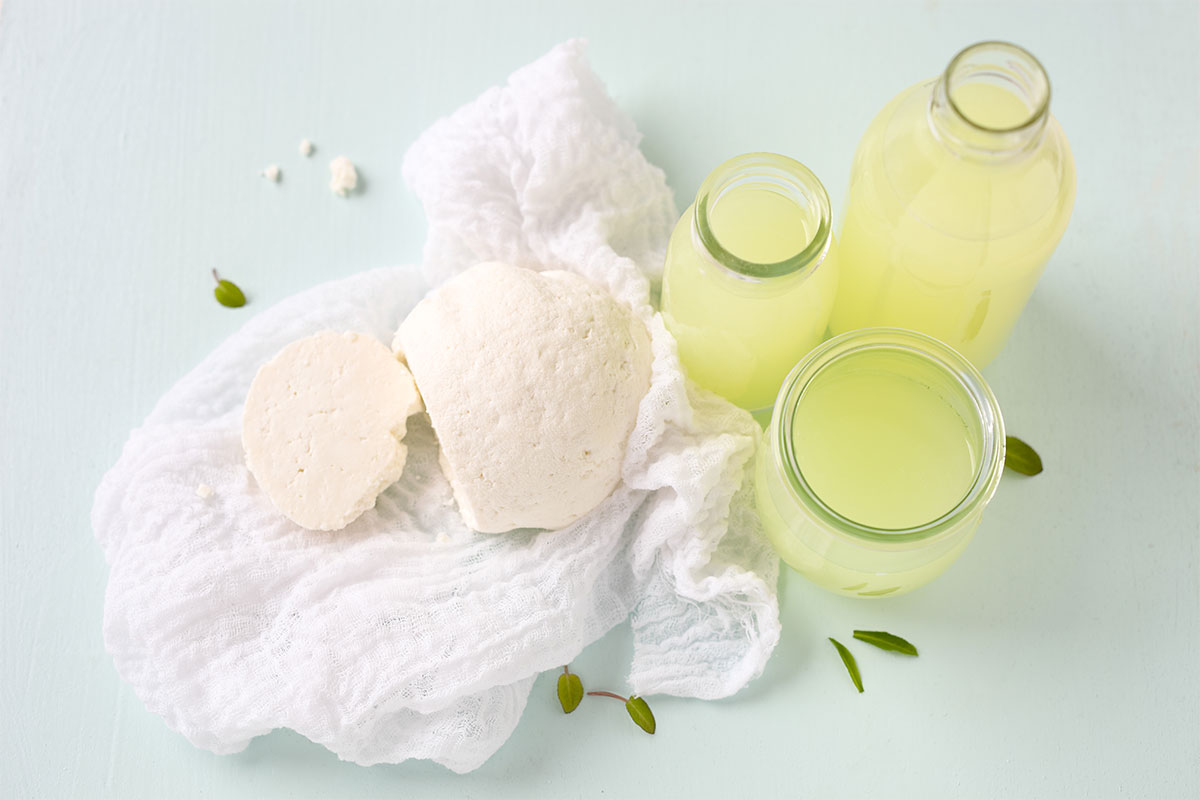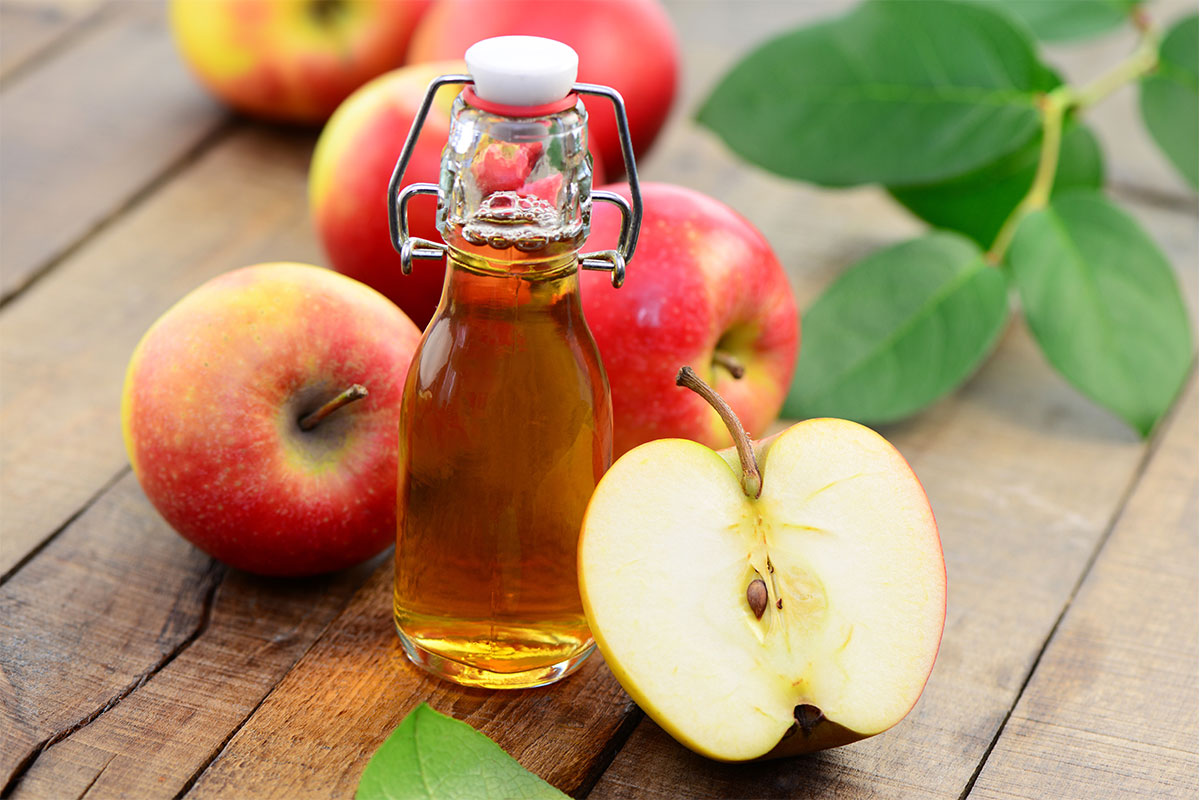Why am I Gaining Weight Despite Diet and Exercise? │ QA
If you’re careful with your nutrition, working out weekly, and still experiencing problems with your weight, take a moment to read this QA.


Is it safe to use avocado as a daily meal and sufficient nutrition per day? How about honey? Is it full of carbohydrates and should be avoided?
– Ahmed

An avocado as a meal might tide you over once, but it’s not sufficiently nutritious to replace the other components of a meal, namely protein, and minerals. An avocado added to meals, totaling one per day in place of other fats within an energy-balanced diet is fine. Avocados from Florida are generally lower fat (best for slicing) and those from California – generally Hass variety – tend to be fattier (best for mashing). Avocados contain the type of unsaturated fats known to lower blood LDL cholesterol. A serving of 1/3 medium fruit has 8 grams of fat and is a good source of fiber, copper, and vitamins K, folate, and pantothenic acid. Avocados are also notable for potassium, containing as much in one fruit as a potato, a cup of cooked Swiss chard, or 2 bananas. Avocados enhance satiety thereby contributing to a lower total caloric intake overall.
Structurally, honey is made mostly of glucose and fructose (the 2 base units in sucrose, aka “table sugar”) and 17% water. At only 21 calories per teaspoon, there’s no nutritional reason to avoid honey outside of an allergy in those over 1 year of age. Honey can be used as a sweetener to replace table sugar without its negative health impacts, provided that portions are kept modest. In fact, there are many health benefits to honey in the diet including soothing cough and sleeping difficulties and improving the immune system. Use raw, 100% pure unfiltered honey to get the most medicinal properties (antibacterial, antioxidant).
Resources:
– Debbie J., MS, RD
This article should not replace any exercise program or restrictions, any dietary supplements or restrictions, or any other medical recommendations from your primary care physician. Before starting any exercise program or diet, make sure it is approved by your doctor.
Some questions have been edited for length and/or clarity.
 Have a nutrition question? Our registered dietitian is ready to help!
Have a nutrition question? Our registered dietitian is ready to help!
Email nutrition@lafitness.com or submit your question below and it may be featured in an upcoming article!
If you’re careful with your nutrition, working out weekly, and still experiencing problems with your weight, take a moment to read this QA.
Blood sugar control isn’t easy. These are Debbie’s top recommendations for how to address weight control with Type II Diabetes.
Does Intermittent Fasting give you enough time to pack the day's protein? Our registered dietitian helps clear up the confusion!


As I cut down on my meat consumption, I am eating a lot of peanut butter. What is the big difference comparing, say Skippy and 100% peanut butter? Does natural and organic matter? How about calories?
– Kevin

Great question, Kevin! There are a lot of peanut butters to choose from. Traditionally, PB has a smidge of oil, sugar, and salt added for flavor and processing to get that super creamy, easily spreadable quality. Some food stores have a pre-loaded grinder for you to make the peanut butter yourself without adding anything, and the result is a bit grainy. Nutritionally, there is little difference per 2 tablespoons serving between commercial and homemade PB. Now, if you eat almost a cup of conventional jarred PB per week, you would be getting more salt and carbohydrates, but fewer calories and protein than PB made straight from ground peanuts*.
There are sugar-free and salt-free jarred options available, you just have to look for them. One natural brand I like now offers PB pre-stirred “smooth” so the natural oils don’t separate out to the top and it’s not grainy. Organic peanut butter probably has less pesticide residue, but there is little nutritional difference, depending on the brand.
*According to the USDA Food Composition Database for Standard Reference Legacy Release, April 2018, for 200 grams (first brand listed for last 2 columns descriptors):
| Smooth Peanut Butter (conventional) | Unsalted Creamy PB (peanuts only) |
Organic Unsalted Creamy PB (peanuts only) |
| 1176 Calories | 1312 Calories | 1250 Calories |
| 43.9 gm protein | 50 gm protein | 50 gm protein |
| 99.1 gm fat | 100 gm fat | 106.3 gm fat |
| 48 gm carbohydrate | 37.5 gm carbohydrate | 37.5 gm carbohydrate |
| 11.4 gm fiber | 12.4 gm fiber | 12.4 gm fiber |
| 13 gm sugar | 6.3 gm sugar | 12.5 sugar |
| 952 mg sodium | 0 mg sodium | 32 mg sodium |
– Debbie J., MS, RD
This article should not replace any exercise program or restrictions, any dietary supplements or restrictions, or any other medical recommendations from your primary care physician. Before starting any exercise program or diet, make sure it is approved by your doctor.
Some questions have been edited for length and/or clarity.
 Have a nutrition question? Our registered dietitian is ready to help!
Have a nutrition question? Our registered dietitian is ready to help!
Email nutrition@lafitness.com or submit your question below and it may be featured in an upcoming article!
If you’re careful with your nutrition, working out weekly, and still experiencing problems with your weight, take a moment to read this QA.
Blood sugar control isn’t easy. These are Debbie’s top recommendations for how to address weight control with Type II Diabetes.
Does Intermittent Fasting give you enough time to pack the day's protein? Our registered dietitian helps clear up the confusion!


Hello, I have a question about whey protein. I’ve been using a powdered whey protein. However, I also make my own cheese at home. A byproduct of cheese production is whey after separating the proteins with heat and a mild catalyst like lemon juice or vinegar. I’m generally wary of processed foods. My thinking is a less processed protein will be of a higher quality and a drastically low cost. It is in liquid form and kept refrigerated. What should I consider from a spoilage and nutritional standpoint? My thinking is whey protein that is less processed.
– Eric D.

So glad to hear you’re not washing your whey down the drain! Nutritionally, homemade whey protein is fully intact and not denatured like high-heat pasteurized powdered products. The liquid contains fewer chemicals and acid byproducts than commercially produced whey powder. It is also a source of vitamins A and several B vitamins and minerals original to the source milk/yogurt. In addition, there would be some vitamin C from the lemon juice used. One cup of fluid acid whey contains about 2 grams of protein, 13 grams of carbohydrate and less than 1 gram of fat, providing a total of nearly 60 calories.*
If you’re going for protein though, liquid whey isn’t that concentrated, which necessitates quite a volume of it to make an impact. Since it keeps well (lasting several months in the refrigerator) you can use the tart liquid in cooking various foods and recipes over time. Clarity or cloudiness doesn’t matter – cloudiness indicates that some of the residual casein protein may have passed through the cheesecloth. For supplementing your diet to support exercise, convenient alternatives to powdered whey protein include hard-cooked egg whites and canned tuna in water.
*National Nutrient Database for Standard Reference, Release April, 2018
– Debbie J., MS, RD
This article should not replace any exercise program or restrictions, any dietary supplements or restrictions, or any other medical recommendations from your primary care physician. Before starting any exercise program or diet, make sure it is approved by your doctor.
Some questions have been edited for length and/or clarity.
 Have a nutrition question? Our registered dietitian is ready to help!
Have a nutrition question? Our registered dietitian is ready to help!
Email nutrition@lafitness.com or submit your question below and it may be featured in an upcoming article!
If you’re careful with your nutrition, working out weekly, and still experiencing problems with your weight, take a moment to read this QA.
Blood sugar control isn’t easy. These are Debbie’s top recommendations for how to address weight control with Type II Diabetes.
Does Intermittent Fasting give you enough time to pack the day's protein? Our registered dietitian helps clear up the confusion!


I’d like to know if using Apple Cider Vinegar an hour before eating does indeed burn stored body fat. And also, does the body acclimate to this after a period of time, so would NOT taking it for a week or so make it effective again?
– Michelle

The answer is that perhaps apple cider vinegar (ACV) may help in human weight loss, but it is not proven as effective. Several small studies (mostly on animals) point to some success but they don’t make a body of evidence to say that weight loss from taking ACV is research-backed. The specific timing you mentioned is supported for insulin sensitivity, not weight loss.
Please read our previous article on ACV here: Apple Cider Vinegar – Hype or Helpful?
Almost ALL reports of apple cider vinegar and weight loss are anecdotal and inflated. Of note, one Japanese study of 155 obese individuals taking a tablespoon or ½ ounce ACV (diluted) twice a day resulted in a modest 4-pound average loss over 3 months. * It may be the acetic acid in apple cider vinegar that boosts fat metabolism in addition to suppressing appetite. All vinegars contain acetic acid and would have similar effects. Look at healthy Mediterranean-style food patterns with their higher intakes of balsamic and red wine vinegars.
As to the concept of acclimating to daily ingestion of ACV, I could not find anything in the scientific literature that indicates such specifically. Although it’s said one can refrain from caffeine for a month to reduce tolerance, I’m not sure the same would apply to vinegar.
* Vinegar Intake Reduces Body Weight, Body Fat Mass, and Serum Triglyceride Levels in Obese Japanese Subjects. Kondo T, Kishi M, Fushimi T, Ugajin S, Kaga T. Bioscience, Biotechnology, and Biochemistry 2009 (73) 8; 1837-1843
– Debbie J., MS, RD
This article should not replace any exercise program or restrictions, any dietary supplements or restrictions, or any other medical recommendations from your primary care physician. Before starting any exercise program or diet, make sure it is approved by your doctor.
Some questions have been edited for length and/or clarity.
 Have a nutrition question? Our registered dietitian is ready to help!
Have a nutrition question? Our registered dietitian is ready to help!
Email nutrition@lafitness.com or submit your question below and it may be featured in an upcoming article!
If you’re careful with your nutrition, working out weekly, and still experiencing problems with your weight, take a moment to read this QA.
Blood sugar control isn’t easy. These are Debbie’s top recommendations for how to address weight control with Type II Diabetes.
Does Intermittent Fasting give you enough time to pack the day's protein? Our registered dietitian helps clear up the confusion!


Hi. I am trying to lose weight. Could you please give me examples of 4 ounces of protein and 1 ounce of green vegetables? Grilled chicken and broccoli every day isn’t appealing long term. Also, what would some snacks with 15 grams of protein be? Thanks.
– Mike S.

Here are some examples per your request:
| Protein equivalent to 4 oz meat/poultry | Green Vegetable | Snacks | |
| 1 can of chili beans + 1 oz. cheese | peppers (+onion, tomato) | ½ C. hummus, crudités, pita chips | |
| 2 eggs + 4 whites | spinach (+mushroom) | ½ C. cottage cheese (+pineapple) | |
| 8 oz. plain Greek yogurt | cucumber salad (+onion, tomato) | 2 Tbsp. peanut butter, celery, raisins | |
| salmon or halibut | asparagus (+garlic) | 1.5 oz. jerky (+watermelon) | |
| ahi tuna | mixed salad greens (+avocado) | ½ C. tuna salad (+crackers) | |
| pork tenderloin | green beans (+red pepper) | 1.5 oz. [50 gm] zone-type bar | |
| beef eye of round | zucchini (+ cherry tomato) | 2 oz. [1/2 C.] almonds (+apple) | |
| chicken breast | kale slaw (+cabbage, carrot) | small bean & cheese burrito | |
| turkey breast | Brussel sprouts | hard cooked egg + 3 C. popcorn |
– Debbie J., MS, RD
This article should not replace any exercise program or restrictions, any dietary supplements or restrictions, or any other medical recommendations from your primary care physician. Before starting any exercise program or diet, make sure it is approved by your doctor.
Some questions have been edited for length and/or clarity.
 Have a nutrition question? Our registered dietitian is ready to help!
Have a nutrition question? Our registered dietitian is ready to help!
Email nutrition@lafitness.com or submit your question below and it may be featured in an upcoming article!
If you’re careful with your nutrition, working out weekly, and still experiencing problems with your weight, take a moment to read this QA.
Blood sugar control isn’t easy. These are Debbie’s top recommendations for how to address weight control with Type II Diabetes.
Does Intermittent Fasting give you enough time to pack the day's protein? Our registered dietitian helps clear up the confusion!
Be the first to know about exclusive
content, deals and promotions